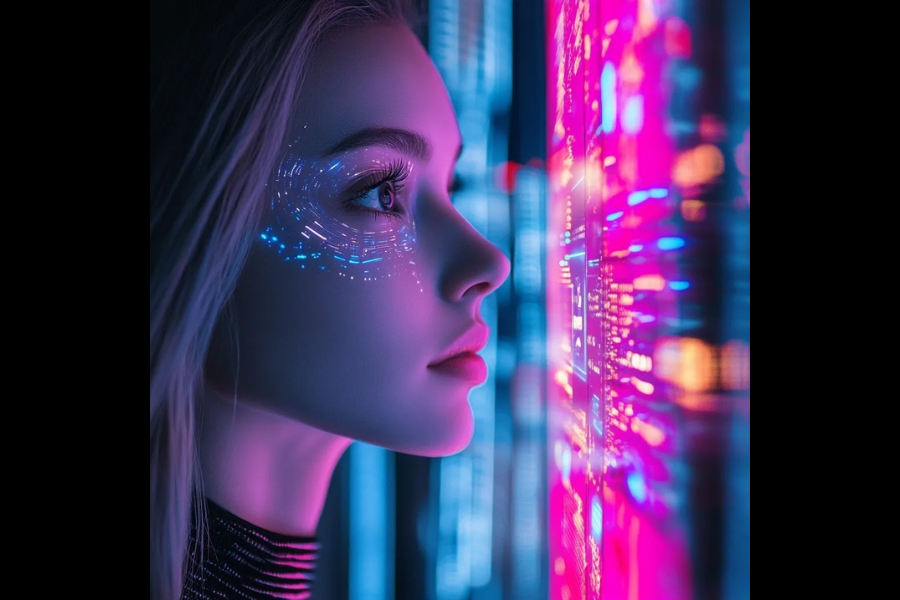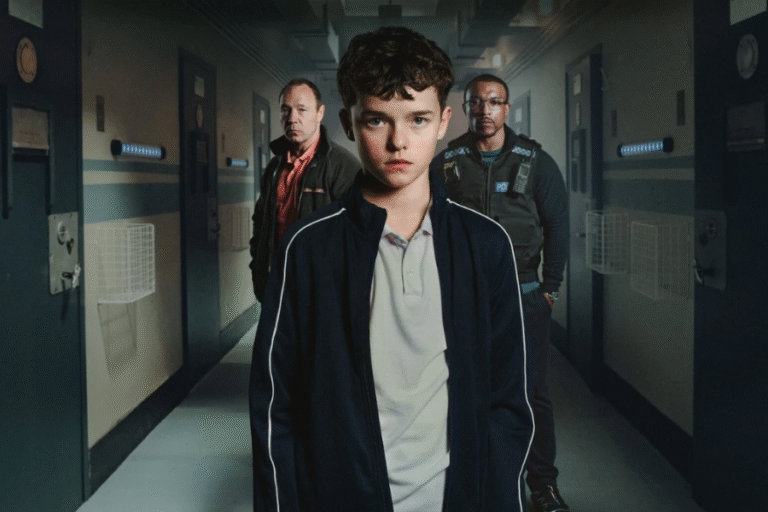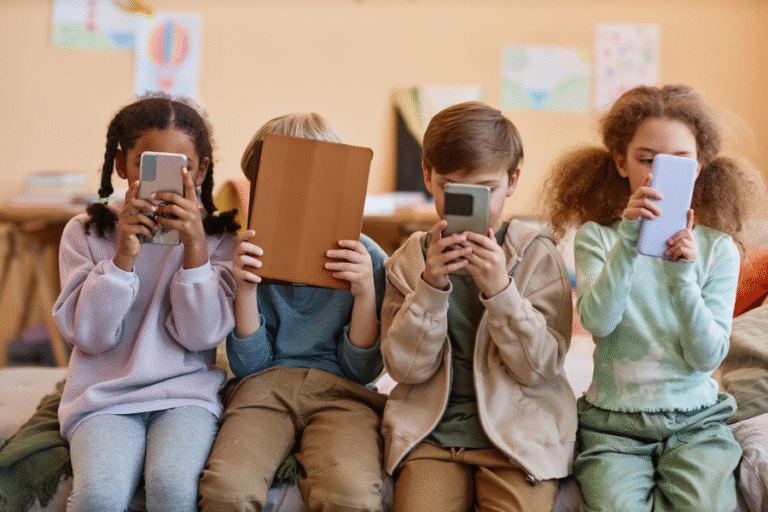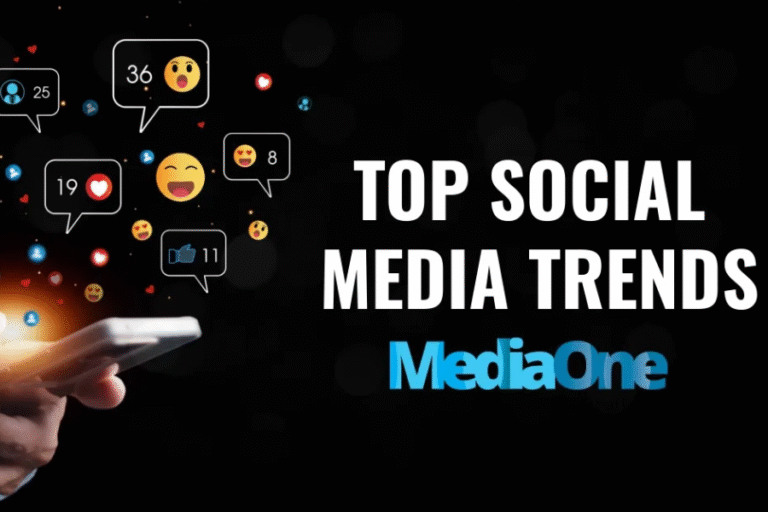The Rise of AI Influencers: Will They Replace Real Ones?
In a world where technology evolves at a pace few can keep up with, artificial intelligence has crept into nearly every industry. From customer service to content creation, AI is no longer just a support tool—it’s beginning to take center stage. One of the most surprising developments is the emergence of AI influencers, digital personalities powered by algorithms and data instead of human thought and emotion.
These AI-generated influencers are raising important questions. Are they just another marketing trend, or are they serious contenders to replace human influencers? And what does this shift mean for the future of branding, authenticity, and consumer behavior?Let’s explore the rise of AI influencers and whether they truly stand a chance at replacing their human counterparts.
What Exactly Is an AI Influencer?
An AI influencer is a virtual personality created using artificial intelligence, often with computer-generated visuals and a preprogrammed or algorithmically trained personality. These digital figures look real, act real, and even engage with followers like any human influencer would. They post content, share opinions, and promote products on platforms like Instagram, TikTok, YouTube, and even LinkedIn.
Examples like Lil Miquela, Shudu, and Imma have gathered millions of followers and earned endorsements from global fashion and beauty brands. These aren’t just digital experiments. They are functioning, monetized influencers that brands take seriously.
Why Brands Are Turning to AI Influencers
There are many reasons why companies are beginning to invest in AI influencers over real ones. At the top of that list is control.
1. Full Control Over Image and Behavior
With AI influencers, brands never worry about scandals, inconsistent messaging, or off-brand behavior. Every post can be meticulously crafted, scheduled, and approved without the unpredictability of human personalities.
2. Cost Efficiency in the Long Run
While developing a realistic AI persona requires upfront investment in design, animation, and AI scripting, the long-term costs can be lower. There are no travel fees, retainer payments, or influencer management overheads.
3. 24/7 Availability
AI influencers don’t sleep, take breaks, or go offline. They can post and respond around the clock, making them ideal for global campaigns that require non-stop engagement.
4. Targeted Messaging with Data-Driven Precision
Because they are built on AI models, these influencers can be trained to speak to specific demographics and adapt in real time based on performance data. Messaging can be fine-tuned with incredible accuracy.
The Growing Popularity Among Users
Surprisingly, followers are often aware that they are interacting with virtual personalities—and they don’t always mind. In fact, many younger users find AI influencers appealing, even aspirational.
AI influencers often represent a perfected version of modern ideals. Their aesthetics are flawless. Their personalities are programmed to be likable, positive, and engaging. They reflect the highly curated nature of social media itself, where authenticity is often manufactured anyway.
For some followers, the line between real and digital is increasingly blurry. In a digital world dominated by filters, edits, and scripted content, AI influencers feel like a natural extension rather than a disruption.
But Can AI Replace Real Human Influence
Despite the advantages and growing popularity of AI influencers, there is still something irreplaceable about real human connection. Authenticity, relatability, and emotional intelligence are areas where AI still struggles.
1. Lack of Lived Experience
AI influencers cannot relate to real human experiences. They cannot truly express joy, pain, struggle, or triumph. While they can simulate these emotions, followers may eventually grow weary of the synthetic tone.
2. Ethical Concerns
There are also ethical questions surrounding AI influencers. Do users always know they are interacting with AI? Are brands being transparent? What are the implications for body image, race, and gender representation when most AI influencers reflect a narrow standard of beauty?
3. No Spontaneity
Part of what makes human influencers relatable is their unpredictability. A messy kitchen, an emotional vlog, or an unexpected blooper adds character. AI, by nature, avoids that messiness—sometimes to its own disadvantage.
4. Trust Issues in Influencer Marketing
Trust is the cornerstone of influence. When people know someone is being paid to promote a product, they evaluate authenticity closely. With AI, that trust may erode faster because audiences know they are engaging with a machine, not a person with real experiences.
A New Reality: Coexistence of AI and Human Influencers
Rather than a replacement, it is more realistic to expect coexistence between AI and human influencers. Each has unique strengths.
- AI influencers may dominate areas like luxury branding, futuristic aesthetics, virtual experiences, and campaigns requiring tight control over narrative and tone.
- Human influencers will continue to lead in spaces where emotion, connection, and lived experience matter—such as mental health, lifestyle vlogging, activism, and community building.
Some brands are even combining both—pairing real influencers with AI avatars to create hybrid campaigns that blend reach with relatability. This hybrid approach gives the best of both worlds and may define the next era of digital marketing.
How Social Platforms Are Responding
Social media platforms are also beginning to take notice. Some have started issuing guidelines for synthetic influencers, including disclosure rules and labeling for transparency. Meta, TikTok, and YouTube are developing tools to help users differentiate between real and AI-created content.
This is essential as generative AI becomes more realistic and hard to detect. Clear labeling builds trust and ensures users can make informed decisions about the content they consume.
What This Means for Aspiring Influencers
For aspiring human influencers, the rise of AI should not be a threat but a challenge to evolve. Being human is now a unique value. Creators must lean into their realness—flaws, imperfections, and all. Vulnerability, behind-the-scenes storytelling, and genuine community engagement are more powerful than ever.
Influencers who focus on authenticity and transparency are likely to build deeper, more resilient relationships with their audience, something AI still struggles to replicate.
The Road Ahead: Human Emotion vs Artificial Precision
The influencer landscape in 2025 and beyond will look very different from what it was just five years ago. As AI grows more advanced, it will undoubtedly play a larger role in digital marketing and branding.
However, influence is not just about reach—it is about resonance. And resonance comes from stories, emotions, and authenticity. While AI can learn patterns and generate content, it still cannot feel. That difference, subtle but powerful, may be the very thing that keeps human influencers relevant in the age of artificial intelligence.
Final Thoughts
AI influencers are here, and they are not going away. But the question is not whether they will replace human influencers—it’s whether audiences will continue to value real connection over curated perfection.
The future of influence is not artificial or human. It is a blend of both, where each plays a role in shaping how we communicate, advertise, and connect in the digital world.
Would you like the next article on a different topic from your list or another hot trend shaping the content industry in 2025 for your site cashstark.com.co?



